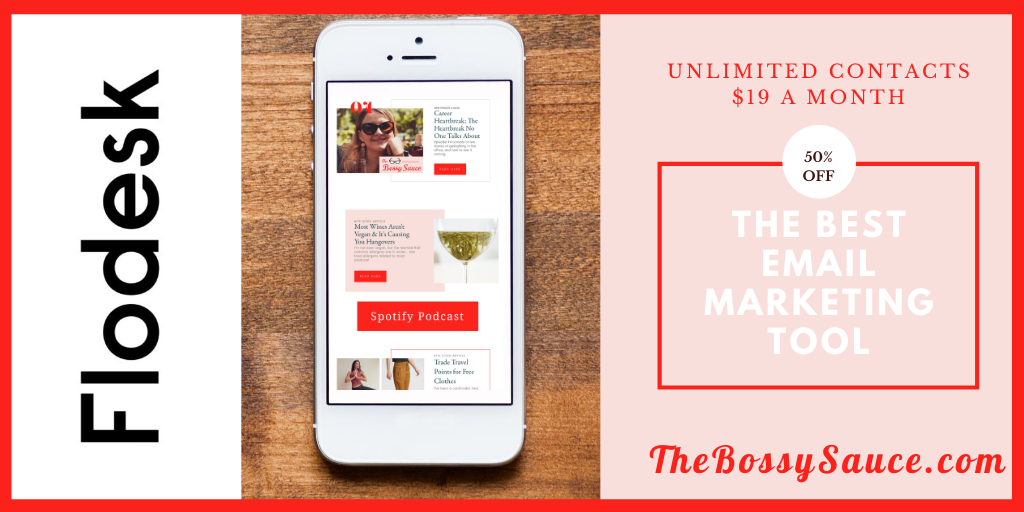The Cost of Business Cards
Podcast Services & Where to Listen
Spotify - Apple - Google - iHeart Radio - Stitcher - Podbean - iTunes
Business cards are ingrained so much in our business culture. They’re almost a right of passage. I’ll never forget the feeling of getting my first business cards or watching one of our Interns get hired into a Coordinator role and how she was so excited to see her name on those tiny pieces of paper. There’s something so psychological about the confirmation that a company provides by saying “you’re now a part of the club and we trust your name next to ours this much.”
I’ve witnessed grown-ups perk up when they hear that new business cards are getting ordered. No one wants to be left out of the club. Did you know that this club-card costs us 7.2 billion trees a year, only to be thrown out in most cases? There has to be a better way to make employees feel special without these tiny cards.
Isn’t it nice when carbon friendly and environmentally friendly line up with savings? It’s just such an easier argument to make because political opinions and beliefs are left out. It’s really just about the bottom line.
Let’s run some math here… I promise this won’t be painful and I’ll do all the work. A box of business cards costs $50-$100, tax and shipping included. Let’s assume the median for this math problem and say that a company spends $75 per new hire for business cards and the company hires 100 employees in a year. That’s $7,500 a year in just business cards for new hires alone. That’s not taking into account Business Development, Sales, Marketing, Recruiting etc that use more cards.
Every time a company re-brands, new boxes of cards go out. Let’s assume it’s a rebranding year. We’re now at $15,000. A Designer’s time costs the company money. Let’s add conservatively $5,000 for the time and meetings spent getting the cards approved, bringing us to $20,000.
Oh, let’s not forget promotions. If we assume 20% of employees promote or transition roles through internal mobility options within a company, that’s another $1,500.
So, this is a company that hired 100 employees in a year, and from that 100 employees, the company has spent close to $22,000 on business cards. This is an extreme case, but conservatively, there’s no case in which it wouldn’t cost the company around $10,000 a year. That’s a money pit for a small to medium sized business.
So, how do you get away from using business cards? I believe it needs to be a company wide commitment. If you let BD be the exception, others will make an argument to be let into the club. It’s such a special feeling that you have to trade it completely for the mission… The mission is to be a business card free company and take part in saving those trees.
It needs to be ingrained into the culture. So much so, that it’s in the New Hire Orientation, in your values, and celebrated in All-Hands with announcements every now and then with calculations on how many assumed business cards you’ve collectively saved the world from. Even advertise it in your job descriptions in your values or benefits sections. You would be surprised at how attractive missions like this are for talent.
For more information on this episode, visit my other post, Business Cards Are Dead; Do This Instead.
Episode Notes:
After my recording, I caught a couple errors and I decided not to go back and fix them. I’m a one-woman show here and I’m flawed… Just who I am!
If you caught them, one was in the math problem for business cards, assuming the promotions of 20% would be from the 100 hires, and not from the current employee pool, which could have been any size. I didn’t specify. Keeping the problem within that 100 people was an easier snapshot and I was just trying to give some perspective to an area we had no data in. It’s likely irrelevant but I know there are some smart folks out there that may analyze to this level. ;)
The second one was that I said “business development” when I meant to say “business cards” about ¾ through the episode. I did the podcast recording in one take, and this stuff can happen.
Catch you on the next episode! We have some exciting guests lined up so stay tuned.
The Offers in the Episode:
BioClarity Plant Based & Vegan Skincare
I talk about my horrible experience with acne. If you follow me on Instagram, you’ve probably seen my pictures or Instagram Stories on my horrible acne. I’ve had acne since the 4th grade. I see a dermatologist bi-monthly and use Retin-A and meds. I will never say any skincare product is a miracle cure, but I will advocate when something makes a difference. BioClarity has made a significant difference in the redness and discoloration as well as calmed some of my breakouts. For 15% off, visit BioClarity.com and use the exclusive promo code BBOSSYSAUCE. Don’t forget the extra B!
Flodesk Email Marketing & Newsletter Tool
I was an avid MailChimp user, until my list started to grow larger than my pocket-book could afford for a small-business. Mailchimp can easily cost $80-$200 per month after the free allotted amount. With Flodesk, the designs are sleek and modern, and it costs $39 a month for unlimited contacts! For 50% off that price and a free month (making it $19 a month continuously) visit https://flodesk.com/c/THEBOSSYSAUCE.


